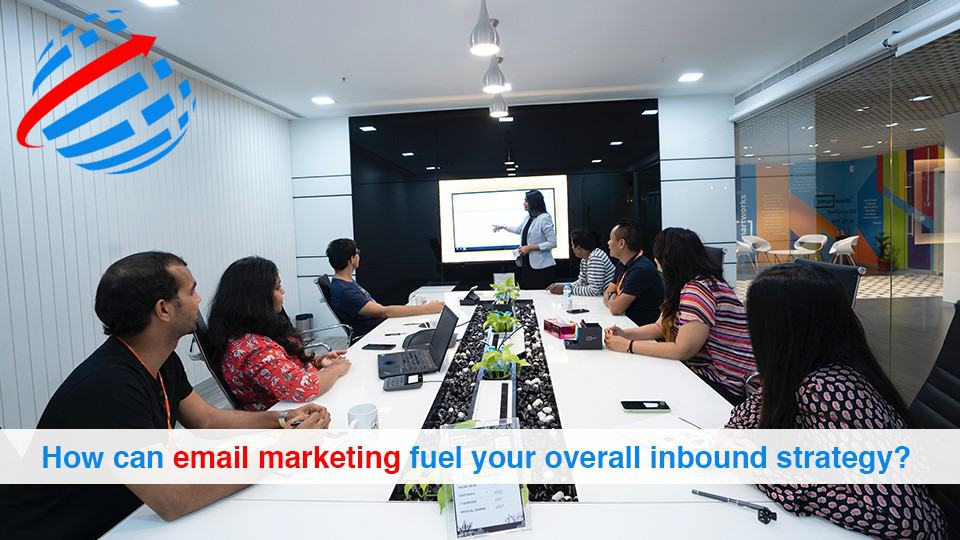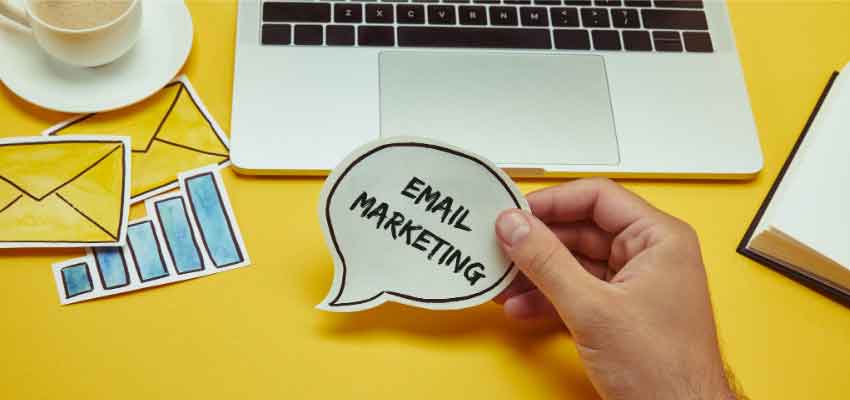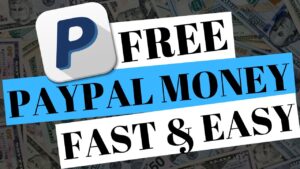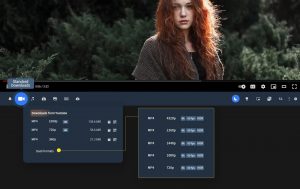Get to know the power of email
Take your business to the next level
Take the First Step
Email marketing can be a key piece of your inbound marketing strategy. By definition, inbound marketing is all about attracting strangers and turning them into customers and advocates. Email can be a great way to attract new leads, build relationships with current and potential customers, and create loyalty among your base.
So how do you make sure your email marketing strategy is working for you?
Click Here to Start Work from Home Jobs
Email marketing is often thought of as a standalone activity, but it can be a powerful tool to support your inbound marketing strategy. Here are four ways email marketing can help you attract and engage customers: 1. Use email to drive traffic to your website.
Include links to your latest blog posts or landing pages in your emails to encourage recipients to check out your site. You can also use email to promote special offers or discounts, which can further entice people to visit your site. 2. Nurture leads with targeted content.
Once someone becomes a lead, you can use email drip campaigns to send them targeted content that will help move them further down the sales funnel. This could include educational resources like ebooks or webinars, as well as more promotional content like product demos or price quotes. 3. Engage customers with valuable content.
Even after someone buys from you, email can still play a role in keeping them engaged with your brand. Send them helpful tips related to using your products, invite them to join loyalty programs, or simply stay in touch with periodic “check-in” emails. 4. Increase brand awareness with every email sent .
Make sure every email includes your branding (logo, colors, etc.), so even if people don’t click through to your website, they’ll still see and remember your company name . You can also include brief company updates or industry news snippets in each message , so recipients always have something new and interesting to read from you .
How can email marketing fuel your overall inbound strategy?
How Can Email Marketing Fuel Your Inbound Strategy?
Email marketing can be a great way to fuel your inbound strategy. By building a list of subscribers, you can create a group of potential customers who are interested in what you have to say. By providing valuable content and offers through email, you can keep these subscribers engaged and coming back for more.
Additionally, email marketing can help you to nurture relationships with your subscribers and turn them into loyal customers.
What Does It Mean to Create an Inbound Email Marketing Strategy?
An inbound email marketing strategy is one that focuses on getting customers and prospects to come to you, rather than you going to them. This can be done through a variety of means, such as providing valuable content, offering discounts or coupons, or simply by making it easy for people to sign up for your emails. The goal of an inbound email marketing strategy is twofold: first, to get more people to sign up for your emails, and second, to get more people to actually open and read those emails.
By providing value and being relevant, you increase the chances that both of these things will happen. There are a number of ways to go about creating an inbound email marketing strategy. The most important thing is to start with a goal in mind – what do you want your emails to achieve?
Once you have that answer, you can begin planning out the best way to make it happen.
What is the Benefit of Using Email As Part of an Inbound Marketing Strategy?
Email is a powerful tool for inbound marketing. By including email in your inbound marketing strategy, you can: 1. Reach a wider audience: Email enables you to reach a larger audience than other marketing channels.
With email, you can target specific groups of people with tailored messages. 2. Generate leads: Email is an effective way to generate leads. You can include calls-to-action and links to landing pages in your emails to encourage recipients to take action.
3. Increase website traffic: Including links to your website in your emails can help increase website traffic. You can also track how many people click through from your emails using Google Analytics or another analytics tool. 4. Build relationships: Email allows you to build relationships with your customers and prospects.
What Role Does Email Play in Marketing Strategy?
Email marketing is one of the most effective ways to reach your customers and promote your product or service. It allows you to target a specific audience and send them personalized messages that can include links, special offers, and images. Email marketing is an essential part of any marketing strategy and can be used to achieve a variety of objectives, such as increasing brand awareness, building customer loyalty, or driving sales.
Click Here to Start Work from Home Jobs

Credit: businessdatalist.com
How Can Email Marketing Fuel Your Overall Inbound Strategy? Quizlet
Email marketing can be a powerful tool to support your inbound marketing strategy. By using email to nurture your leads and customers, you can stay top-of-mind, build relationships, and drive conversions. To get the most out of email marketing, start by segmenting your audience so you can send targeted messages that address their specific needs.
Then, craft engaging content that will resonate with your readers and prompt them to take action. Finally, use A/B testing to fine-tune your emails and ensure they’re providing the maximum ROI. When used effectively, email marketing can be a key piece of your inbound marketing puzzle, helping you attract more visitors, convert more leads, and close more sales.
When Sending Email You Can Segment Contacts by Their Buyer Personas. What is a Buyer Persona?
A buyer persona is a semi-fictional representation of your ideal customer, based on market research and real data about your existing customers. When creating a buyer persona, you’ll define the personality, motivations, demographics, goals, and pain points of your ideal customer. Why Segment Your Email Contacts by Buyer Persona?
When you send emails to your list without segmenting by buyer persona, you run the risk of turning off or frustrating a good portion of your list. After all, not everyone wants to hear about the same thing at the same time. By segmenting your email contacts by buyer persona, you can ensure that each contact only receives information that’s relevant to them – making them more likely to engage with your email and ultimately convert into a paying customer.
How to Segment Your Email List by Buyer Persona The first step is to create a buyers persona for each type of customer you want to target. If you haven’t already done this exercise, there are plenty of templates and guides available online (including our own) to help get you started.
Once you have a few different buyer personas fleshed out, it’s time to start segmenting your email list accordingly. Here are some tips: Create separate sign-up forms for each buyer persona: This way you can collect information from new subscribers that will help you place them in the appropriate persona group.
Include questions on sign-up forms that will give insight into which category each subscriber falls into – for example, job title or industry if you’re B2B focused. Use an automation tool: Automation tools like HubSpot Sales make it easy to set up rules so that contacts are automatically added to different lists based on their behavior or characteristics (like job title). You can also use automation tools like HubSpot Marketing Free to send targeted emails based on which stage of the funnel someone is in or what pages they visit on your website.
Segmentation is an Important Piece of Your Inbound Email Marketing Strategy
If you’re not segmenting your email list, you’re missing out on a huge opportunity to improve your email marketing results. Segmentation allows you to send more targeted, relevant emails that will resonate with your subscribers and encourage them to take action. There are a number of ways to segment your email list, but some of the most common include:
-Location: If you have subscribers in different parts of the world, you can send them emails that are relevant to their location. For example, if you’re a travel company, you could send special offers to subscribers in specific countries or regions. -Demographics: Age, gender, income level, etc. can all be used to segment your list.
This allows you to send highly targeted emails that speak directly to the needs and interests of specific groups of people. -Interests/Preferences: What types of content do your subscribers prefer? Do they prefer articles, videos, podcasts?
Knowing this information allows you to provide them with the exact type of content they’re looking for – and again – increasing the likelihood that they’ll engage with your emails. -Purchase History: If someone has purchased from you in the past, they’re more likely to do so again in the future. Send them special offers or deals on products/services similar to what they’ve bought from you before.
There are endless possibilities when it comes to segmenting your email list – so get creative! The more targeted and relevant your emails are, the better results you’ll see from your email marketing campaigns.
Click Here to Start Work from Home Jobs
Conclusion
Email marketing can play a big role in driving traffic and engagement for your business. Here are some tips on how to use email marketing as part of your inbound strategy: 1. Use email to drive traffic to your website or blog.
Include links to your latest content in your emails so that recipients can easily click through to read more. 2. Use email to promote your social media channels. Include links to your social media profiles in your emails and encourage recipients to follow you for updates.
3. Use email to cultivate leads. Include calls-to-action (CTAs) in your emails that encourage recipients to sign up for more information or take the next step in the buyer’s journey. 4. Use email segmentation to target specific groups of people with relevant messages.
This way, you can ensure that each recipient is getting the most relevant and valuable information from you. 5. Monitor your results so that you can continually improve youremail marketing campaigns .




